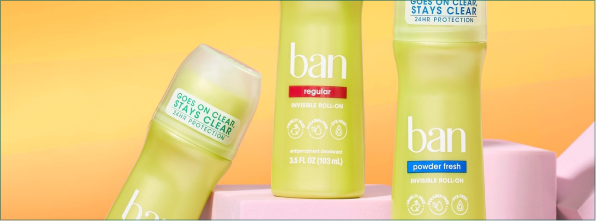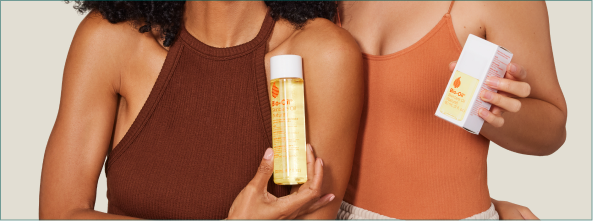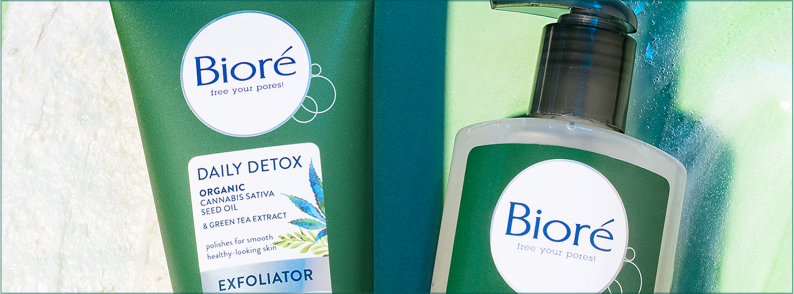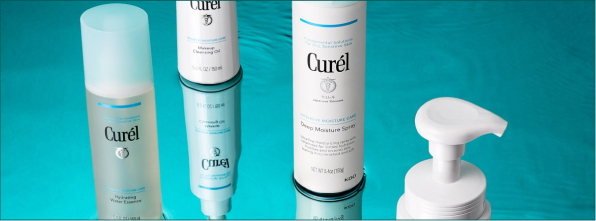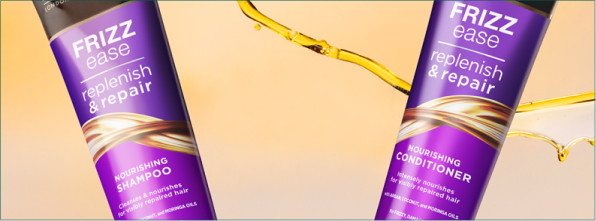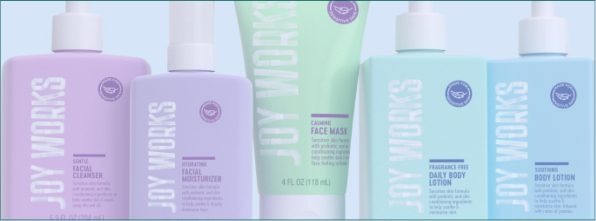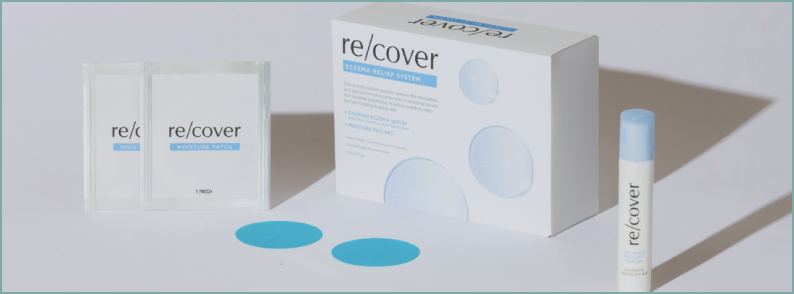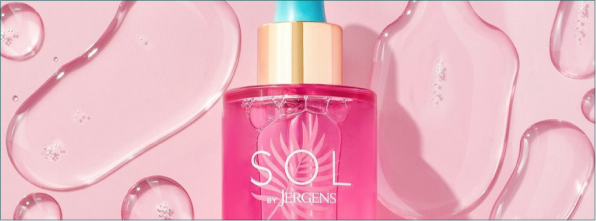How to Remove Self Tanner: Home Remedies for Tanning Mishaps

As summer approaches, the allure of a great tan beckons. You want skin that’s just as beautiful as it is healthy, and a subtle glow exemplifies both. Tanning beds and sun exposure can damage skin, so what's the best way to achieve a summer glow without sacrificing your skin's health? Self tanner!
It’s easy for a self-tan to go wrong, though, since some tanning products are difficult to apply. Maybe you chose a shade that’s too dark, the formula looks orange, or the tan turned out uneven and streaky. Unfortunate tans happen to the best of us—even celebrities! Luckily, there are some easy remedies for removing self tanner.
Exfoliate a Bad Tan Away
Since tanner interacts with the top layers of your skin, gentle exfoliation can help remove a questionable tan. For the best results, a loofah, exfoliating mitt, or washcloth can be used with an exfoliating body scrub to slough off your bad tan.
Keep the following in mind as you embark on the exfoliation process:
- Exfoliation can remove the first few layers of dead skin, but it may not completely eliminate a bad tan.
- Scrubbing your skin too hard can irritate your skin, so be gentle!
- Practice patience. You may have to exfoliate a few times to fully remove your tan. But, avoid exfoliating more than once a day as this can irritate your skin.
Shop Mess-Free Tanning Wipes
DIY Ways to Remove Self Tanner: Find a Tan Remover
In addition to exfoliation, there are many home remedies you can use to get rid of an unfortunate tan. The following options can be found without looking any further than your kitchen or bathroom:
Hair Removal Cream
Depilatory creams are effective in mitigating uneven patches of a tan. Follow the instructions on the package and apply to skin for half of the recommended time, but be careful if you have sensitive skin that is prone to irritation.
Baby Oil
Oil lifts self tanner and moisturizes your skin in the process. Apply baby oil to your skin and leave on for 10-15 minutes. Rinse off in the shower after application.
Lemon Juice
Using a cotton ball or Q-tip, dab lemon juice on your skin to help remove self tanner. The acid in lemon juice is a natural exfoliant. It works exceptionally well for smaller sections of your body, like your feet and hands. Since it is an acid, lemon juice is not ideal for sensitive skin. You should be careful not to expose skin to direct sunlight after applying. Rinse thoroughly after application.
White Vinegar
White vinegar, like lemon juice, is naturally exfoliating because of its acidic properties. It can be left on for 10 minutes to lighten a tan, but it can be irritating to sensitive skin.
Toothpaste
Whitening toothpaste can be effective in lightening a tan when applied to your skin. Gently dab the toothpaste onto the areas where you’d like to remove self tanner and leave on for a few minutes before rinsing off with warm water.
Aloe Vera
Either aloe vera gel or extract can be used to moisturize your skin and remove self tanner. Apply for 10-15 minutes and rinse off.
Even though a bad tan is frustrating, there are many ways to get rid of it. In addition to the tips above, going for a dip in the pool or ocean can be helpful, because both chlorine and saltwater fade self tanner.
If At First You Don't Succeed...
Try again! Self tanning can be challenging, but practice makes perfect—and so does a quality formula. Gradual self tanners help prevent the tanning mishaps by developing a tan over the course of a few days. Instead of waking up with an instant tan, you can watch as your skin slowly builds a gorgeous glow. Gradual tanners are also great for filling in uneven tans and correcting discoloration from other sunless tanners.
Key Takeaways
- Self tanning mishaps can happen to anybody, but there are many home remedies to fix uneven or discolored tans.
- Bad tans are often caused by uneven application or poor quality formula both at home and in sunless tanning salons.
- Exfoliation is one of the best solutions, and common household products like lemon juice or baby oil can help, too.
- Gradual sunless tanners can fill in uneven tans and create a more reliable, consistent glow for skin.
- Just because you’ve had a self tanning mishap in the past, doesn’t mean you should give up on sunless tanning completely!
